Review: Eduard 1/48 Bf-109G-10 of Lt. Vladimir Sandtner
The airplane:
There were several attempts during the production run of the Bf-109G series to develop a “standard” model. The last of these was the Bf-109K-4, which appeared in the summer of 1944 powered by the 1,850 h.p. DB605D engine with a different, more streamlined cowl that got rid of the “beule” bumps of the previous sub-types.
The Bf-109G-10, which appeared in late 1944, was an attempt to bring earlier Gustav airframes up to a standard similar to the Kurfurst standard with the new engine and a similar new cowling. G-10s with the DB605DM or DB/DC engine were equipped as standard with the MW-50 booster system and had a larger oil cooler housed in a deeper fairing. Approximately 2,600 G-10s were produced from October 1944 until the war's end.
Lieutenant Vladimir Sandtner, a pilot in 2. Iovacko Jato, 1. Zrakoplovna Skupina (2nd Fighter Squadron, 1st Air Group) of the Air Force of the Independent State of Croatia, (ZNDH, Zrakoplovstvo Nezavisne Države Hrvatske)defected On April 16, 1945, accompanied by Lieutenant Josip Cekovic in Bf-109G-14 “Black 10,” and landed Falconara Airfield on the Adriatic coast of Italy.
April 16 was the second day the Allied final offensive in Italy. Aircraft of all units made repeated attacks on the enemy. My friend the late Dan Bowling of the 321st Bomb Group's 445th Squadron, was rolling down the Falconara runway on take off for a mission to hit German artillery outside Bologna. As he lifted off, he was surprised to see a Bf-109 flash past as Lieutenant Sandtner of the Croatian Air Force barely missed him, dropping his landing gear as he passed the Mitchell and putting his fighter down on the runway. Dan managed to get airborne despite the near collision. When he turned over the field and looked down, he saw the fighter parked beside the runway, as the pilot climbed out of the cockpit surrounded by ground personnel. “It turned out he had decided today was a good day to end his war, so he flew over from Yugoslavia and landed at the first field he found, which happened to be ours.”
Sandtner's fighter was taken by the 321st, who sold it to 318 Squadron (Polish), for the princely sum of two bottles of whiskey.
The Kit:
Eduard has brought out three Bf-109G-10 subtypes: the MTT Regensburg kit, the Erla (Type 110)kit, and this WNF/Diana kit. All three differ in small details that mostly only a 109Nut will really notice, but it's nice to know they went to the effort.
The kit provides decals for four different late war aircraft.
Construction:
I decided to do this project when I ran across the Kora Models decals that include Sandtner's airplane on eBay while looking for another sheet; since I just completed the manuscript for a book on the Italian air campaign, it seemed appropriate.
There are as many who identify the airplane as a Bf-109G-14AS as identify it as a Bf-109G-10. After studying the color photo of the airplane provided here, I determined after spotting the small bulges under the forward lower cowling that the airplane was moe likely a G-10, not a G-14. Your mileage may vary. As it was, a photo that showed the upper wing revealed it had the smaller wheel bumps, rather than the larger upper wing fairing associated with the WNF/Diana kit, the only G-10 kit I had available. I swapped out wings with a Bf-109G-6AS kit and proceeded.
As is usual with these Eduard kits, be particularly careful to clean up parts once they are cut off the sprue, to get rid of all little “nubs,” since the parts design is very precise and any additional bit will throw things off in assembly.
I started with the fuselage, painting the cockpit and detailing it with the Profipack photoetch, then assembling it in the fuselage and gluing the fuselage together, finishing with the new and different upper cowling part. With careful assembly, there was no need for any filler. I assembled the wing and mated it to the fuselage, then mounted all the flight control surfaces in dynamic poses.
Painting:
Looking at the photos of the airplane, it was clear from the camo pattern on the wings that this was an MTT Regensburg product. When it was given to the Croats, they painted out the Luftwaffe national insignia by overpainting the open crosses on the upper wing with fresh RLM76, and the national insignia and ID markings on the fuselage with an overspray of RLM76.
I first painted the model in the MTT Regensburg pattern, using Mr. Color 117 RLM76, and Mr. Hobby H-68 - RLM 74 and H-69 RLM75. Gunze paints are now available locally here at Burbank House of Hobbies. These colors are far more accurate than the mixtures I have been making and using; I only had to use some “Off White” to lighten the colors for post-shading.
Once that was done, I did the overpaint of the upper wing markings and the rear fuselage band with RLM74, and the fuselage side with RLM76, in both cases thinned sufficiently to allow the overpainted scheme to be seen.
Decals:
As it turned out, the only decals from the Kora sheet I used was the shield on the vertical fin, since it had the “crown” properly done, and the squadron markings below the cockpit; they were both the same, so I had to apply one in reverse to get the “handed” markings the photos show. I used the Croatian national insignia from the Aeromaster 48-294 “Air War Over Italy Part 2" sheet because the insignia decals on the Kora sheet were too small when compared with the photos.
Final finish and assembly:
I gave the model a coat of Micro “Flat” clear acrylic, then unmasked the canopy and fitted it in the open positin, then attached the landing gear and prop.
Overall:
Another excellent Eduard Bf-109G series kit, this one in markings one doesn't see every day. These kits are modeling “comfort food.” You know if you take your time in careful assembly that you're going to get a nice model of something interesting. These kits are recommended to any modeler who commits the radical act of following the instructions.
Review kit courtesy of you book buyers.
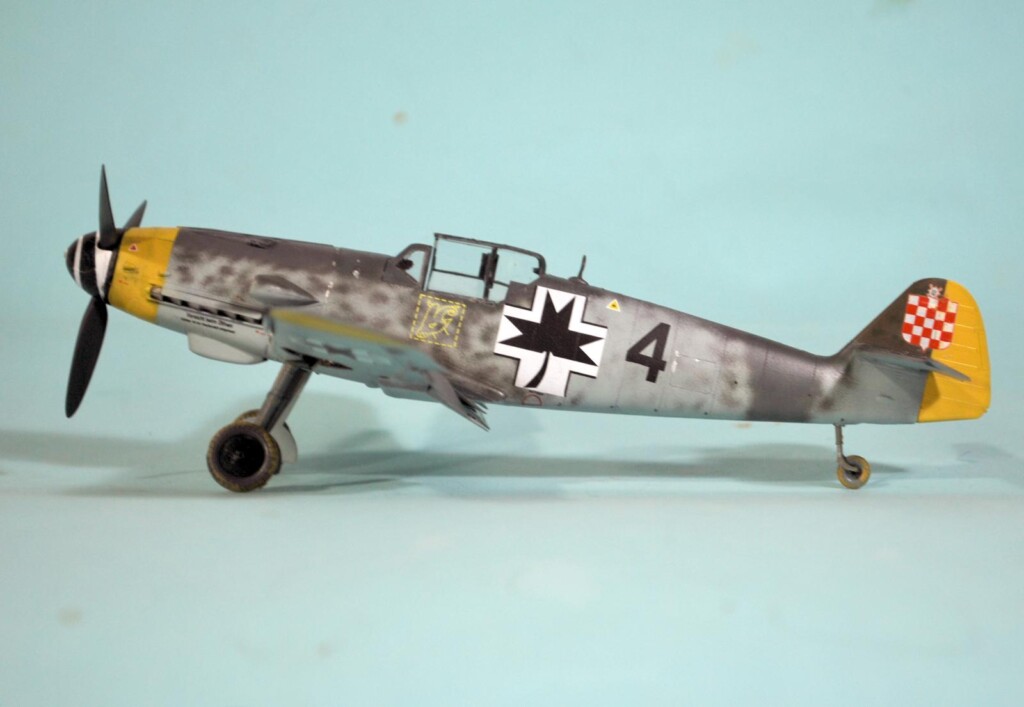
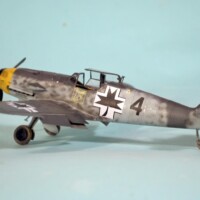
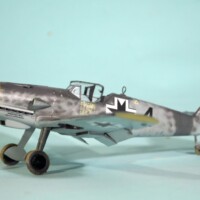

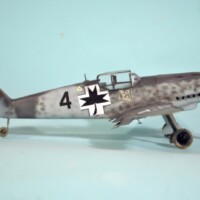
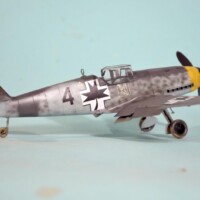
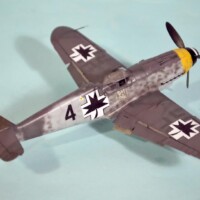
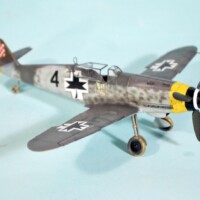
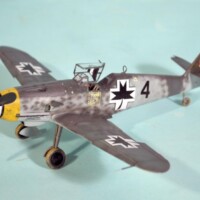


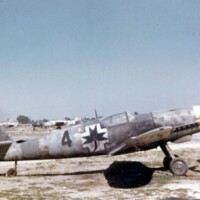
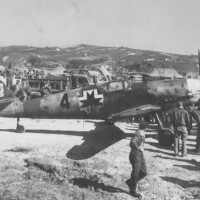
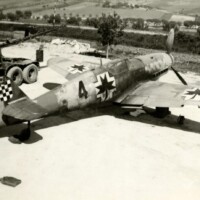
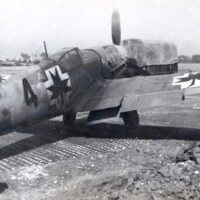
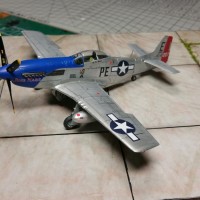

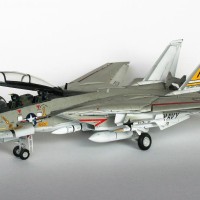
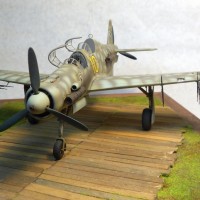
Interesting story and very nice build Tom, @tcinla. I am not enough of a Bf-109 aficionado to know all the panel and subtle shape differences between each of the subvarients of 109's. Your reference photos show you did a good job of replicating the finish of the real plane.
Excellent job and a very interesting story, Tom!
Beautifully built Mess. I like the not so often seen livery of the Croatian Air Force.
Great paintwork on this one, Tom. You really replicated the camo pattern well. That plane was thought to be in some combination of the 81/82/83 greens/browns until that color photo became widely seen a few years ago.
One can't have too many -109:s on the shelf. Wonderful build and terrific story. Thanks, Tom.
Happy New Year!
Great job, Tom!
Great article and ditto build, Tom @tcinla
Very nice model, Tom @tcinla! 👏 As always, I enjoyed the history behind it too. Not a complaint, but merely an observation; it may just be my old, tired eyes, but some of your photos seem a bit fuzzy or out of focus. 🤔 Lol, in all honesty, I am a little overdue for an eye exam and some new glasses! 😁
Good looker Tom. I've always liked the Croat markings.
Interesting scheme for sure, nice paint job.
Looks great Tom. One of these days I'll add a Croatian scheme to my 109 collection...
Very nice build. Just need to build that wrecker with the pinup art to start a diorama.
I am not too far into the 109 weeds but if I am comprehending this correctly, the AS birds lacked the two little cooling scoops on each side of the engine that distinguished a Gustav from a Friedrich? Will have to compare my Eduard G-6/AS versus a normal G-6.
Nice 109 build and an interesting history behind it!
Wonderful story, its great that there are decals for this particular 109. The color photos are great too. Your model is outstanding as usual also Mr Cleaver, beautiful work.
It amazing the amount of 109s Germany was able to produce at that point in the war concedering all the factors involved. I wonder how much longer the war might have went on if the Germans had better leadership, were able to train there pilots properly, and none of the infighting so prevalent between the top military leadership and the heads of there aircraft factorys took place.
@curtisshawk - It wouldn't have mattered what kind of leadership they had. They lost 85% of their gasoline supplies - avgas, diesel, you name it, by the end of September 1944. Their machines couldn't go.
What a nice background story and great research into the actual aircraft. The model, it goes without saying (but I'll say it anyway), is superb.
G’day Tom (@tcinla),
This is one scheme I have wanted to build since when I built 1/72 kits back in the ‘70-80s, but I never had the decals.
Now I have 1/48 decals (brand?) - but no stencilled ram - for Black 4 and Rising Decals for Black 10 with overpainted British markings.
And, thanks to you, I now realise that there are more photos of these two than the one in the Squadron “In Action” book.
FYI, Bf 109G-14AS aircraft sometimes had the G-10/K style lower cowling even though it wasn’t needed, so this could be a G-14AS.
I like your build very much.
Awesome!
@michaelt - Get the Kora Decals - available up on EvilBay.
Thanks for the explanation why no one is sure what sub-type they're looking at.
Thanks for sharing the interesting story and the fantastic build.
Hi
the left side of this plane was quite different in real life, do you have access to the photos of it?
https://imgbb.com/8xRFzZz
https://imgbb.com/pLCNGV8
A few touch-ups are needed on the wings too to make that distinct patched over AC
Only two bottles of whiskey? What deal! Great looking build, Tom @tcinla.
Hey Tom @tcinla. Very nice Schmitt there and it’s not everyday you see one in Croatian markings. Thanks for sharing your build process and back story.
Thank you Tom for the valuable information, great build as always.
Very nice as always Tom. I ordered the Weekend kit last week